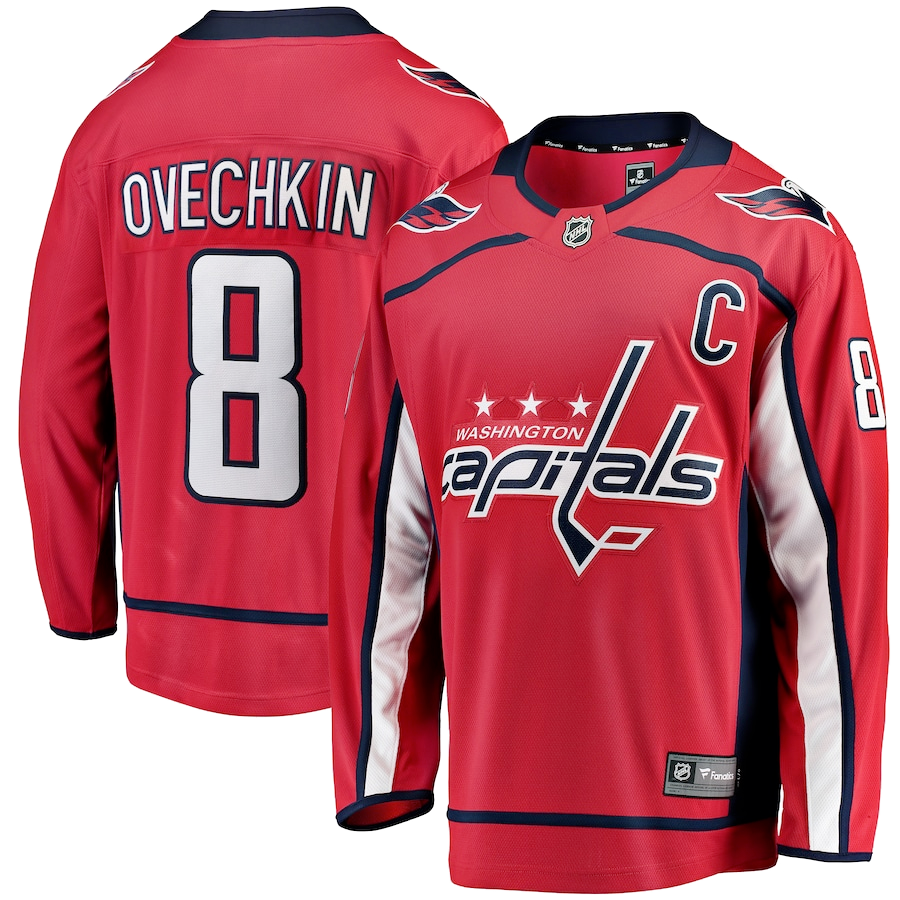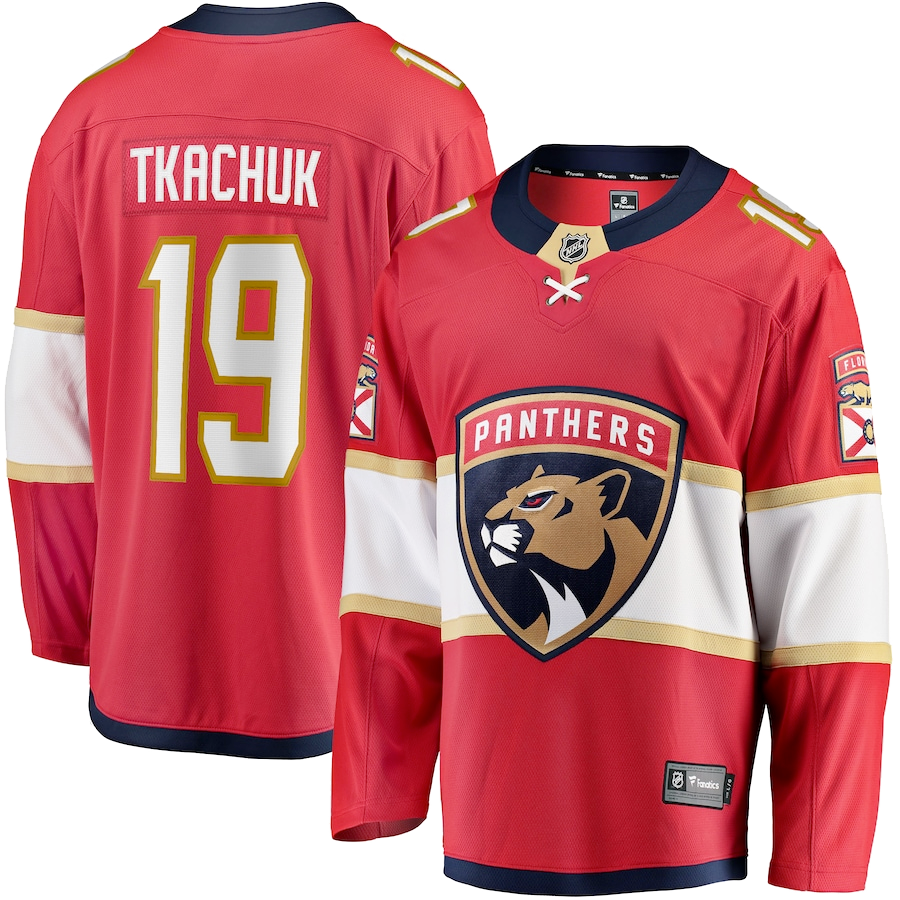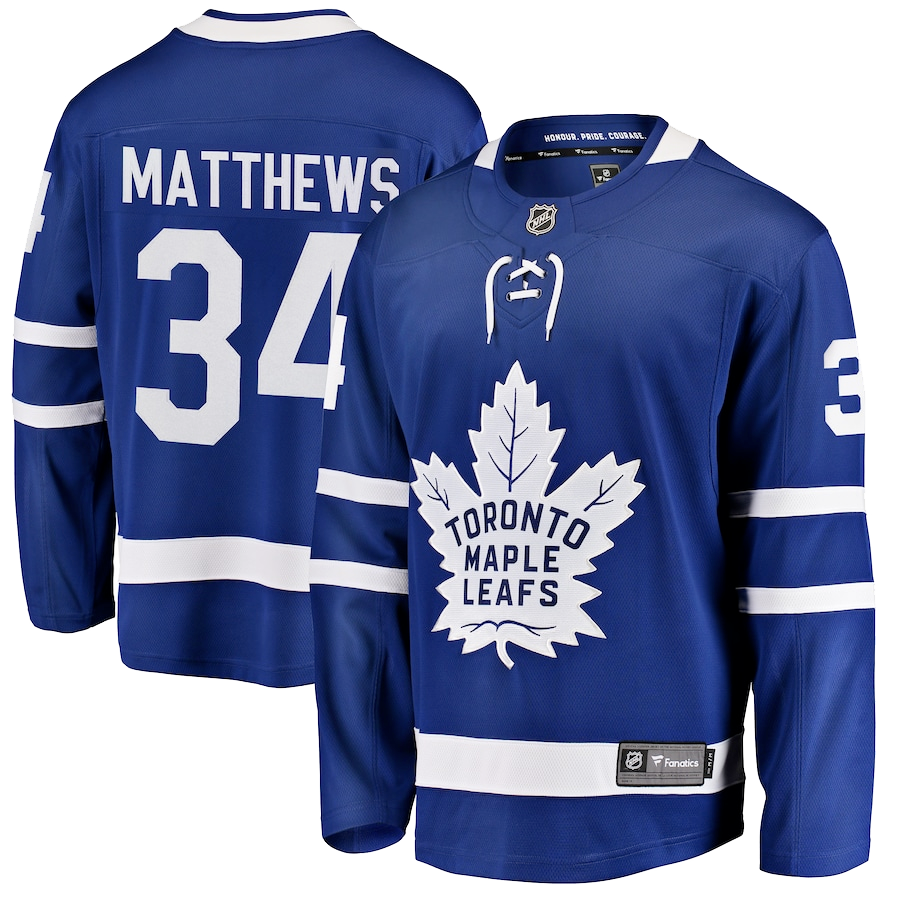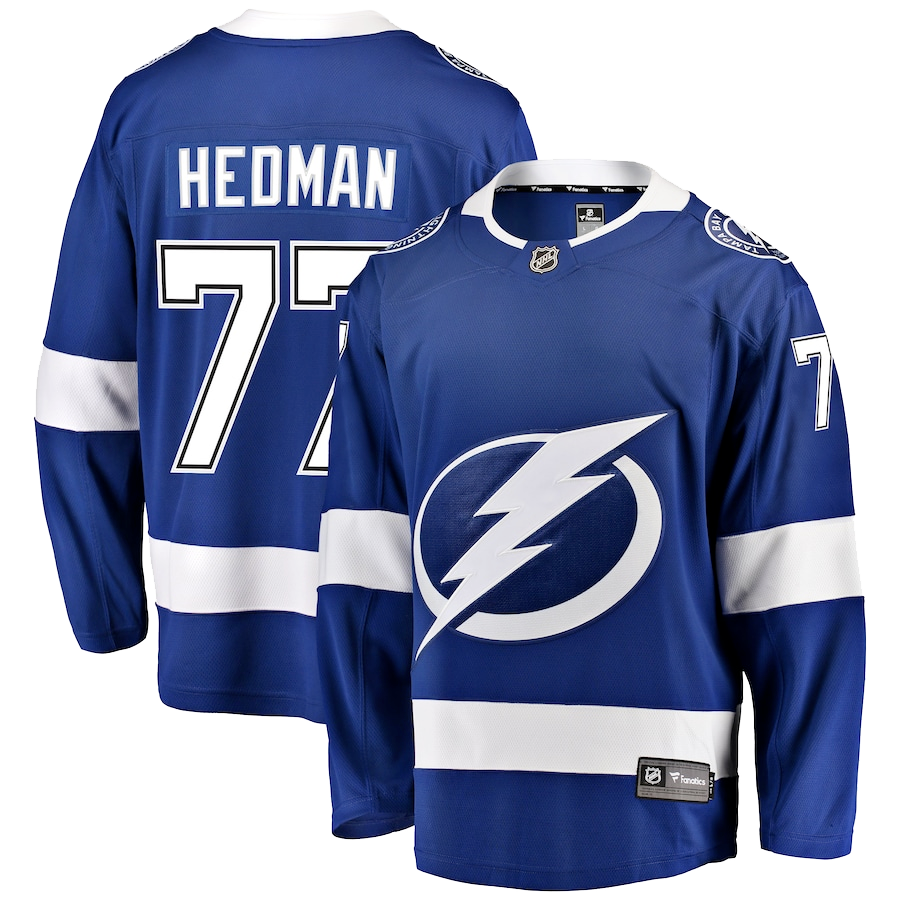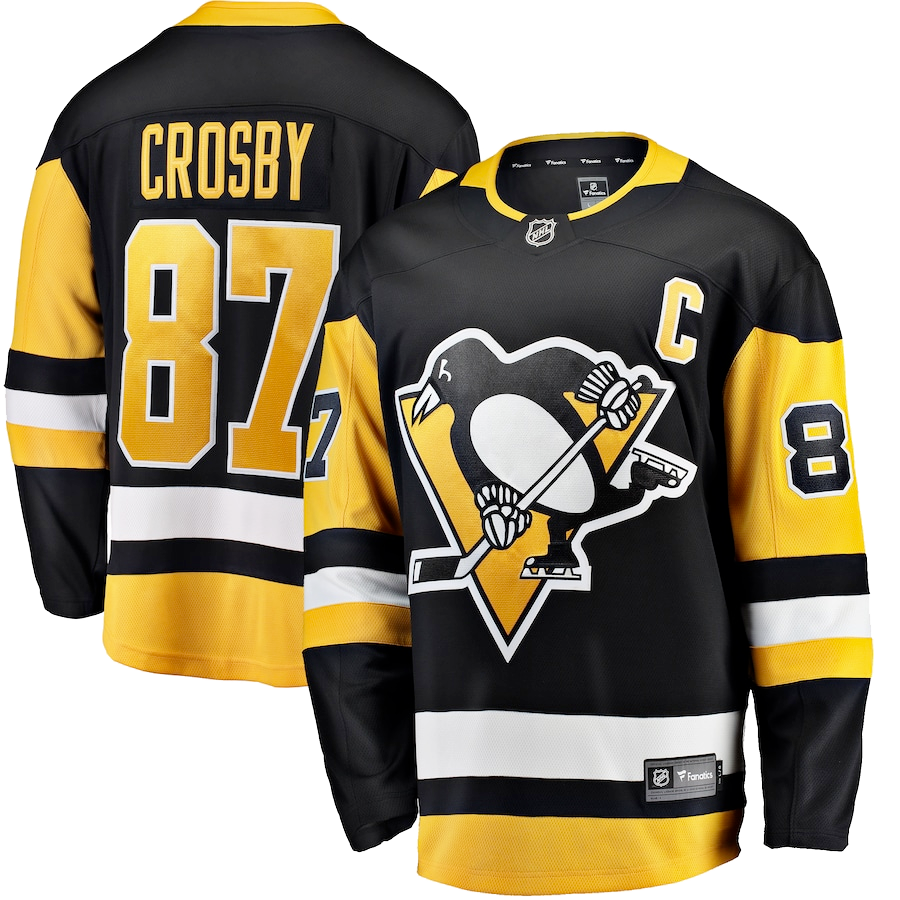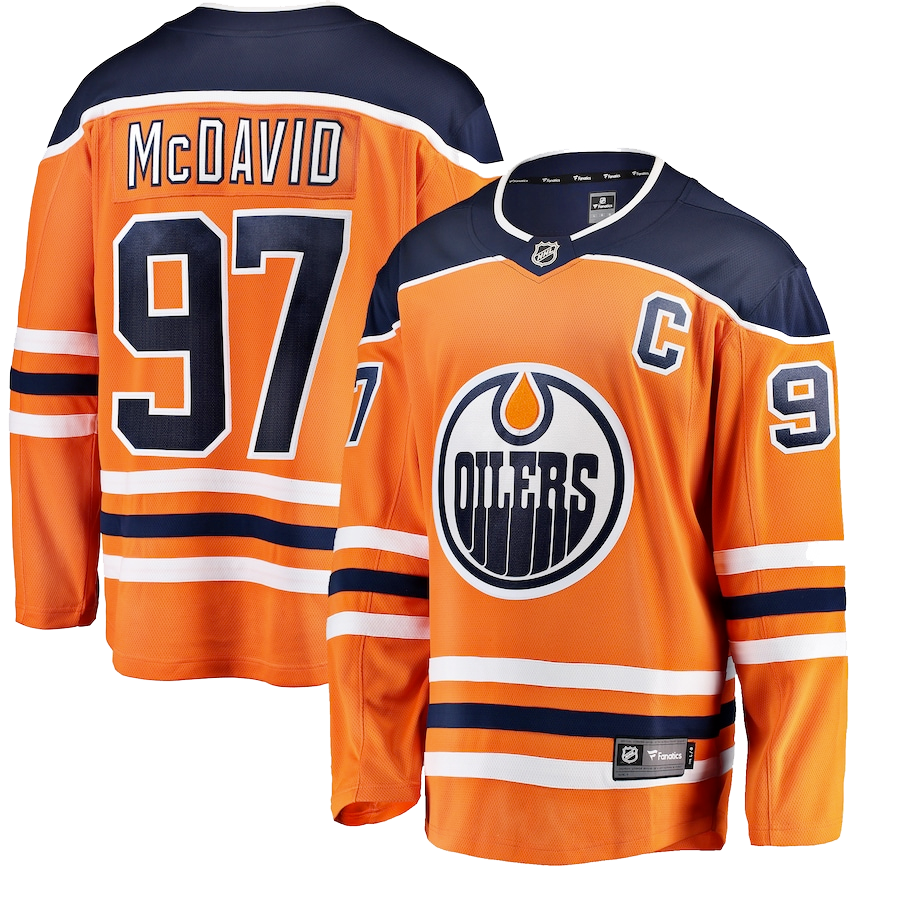John Arthur Davidson was the St. Louis Blues’ first round pick (fifth overall) in the 1973 amateur draft following four strong seasons with Calgary of the WCJHL which included being named league MVP in his final season in 1972-73. The son of a Canadian Mounted Policeman, Davidson went directly from juniors to the NHL and became one of the leading candidates for the NHL’s Rookie of the Year award. Unfortunately he was hampered by a knee injury late in the season and the award eventually went to Denis Potvin of the Islanders.
At 6-foot-3, 200 pounds, the 22-year old Davidson took up a lot of net, yet he was also extremely agile for a big man. He showed great promise in his first two years in St. Louis, posting an overall 3.37 GAA in 79 games for the offensively minded Blues. But during the summer of 1975 the Blues had acquired Gilles Gratton, a young netminder playing for the Toronto Toros of the WHA and also signed their top draft choice, goaltender Ed Staniowski, making Davidson expendable.
Davidson was dealt to the Rangers along with winger Bill Collins in exchange for three of the Rangers toughest players, Jerry Butler, Ted Irvine and Bert Wilson on June 18, 1975. With both Ed Giacomin and Gilles Villemure getting on in years GM Emile Francis knew that he had to start thinking about replacing them and “JD” was the best young netminder in the league. Davidson soon inherited the starting job when both Giacomin and Villemure departed early in the 1975-76 season.
John Davidson: “When I got traded to the Rangers I was a little surprised, even though in my second year pro I wasn’t very good. But my junior coach in Calgary was a guy named Scotty Monroe and he was pretty close to Emile Francis. They knew each other from Saskatchewan over the years. So I suspect that Emile reached out and got a scouting report on me. And then once I got to New York, I was pretty excited. New York, an Original Six team, that whole thing. But when you go anywhere in the NHL you have to fight for your job. That’s just how it is. And obviously with Eddie and Gilles there, they were two established, terrific goaltenders, and I had to go battle. And I ended up having a pretty good camp. and a real good start and the next thing I knew Gilles was moved to Chicago and Eddie was moved to Detroit so it opened up for me, The Rangers were becoming a very young team and I was part of that youth movement.
But Eddie and Gilles were both exceptional guys to be around. And even though we were all in the same position they were guys that would do anything to help you when you needed it. They were both really good team people and that was something that when you get into pro hockey and you’re young, and you don’t know a lot about it, it teaches you a lesson that when it’s your turn to move on that you help people and those two guys were really good that way.”
Davidson was under a lot of pressure coming into New York, being asked to replace the legendary Eddie Giacomin who had long been a fan favorite.
John Davidson: “The fans were always good to me. I know when Eddie came back and he got the win, that was a special time for him and it gave the fans a chance to show how much he meant to them, and rightly so. I talked to Eddie after that game and he was really supportive to me personally and I’ll never forget that. My only regret is that I never stayed healthy enough over the years because I think I had more to offer, but the fans are great in New York. If you give it everything and you play well that’s all they need. If you don’t, they’ll let you know.
That’s the culture in New York and as an athlete you have to learn to deal with that and if you can do it, it makes you a better human being and a better athlete. And I think that’s what I learned when I was there, even in the TV world. It was great. There’s only one New York in the universe.”
Davidson appeared in a career high 56 games his first season in New York, posting a 22-28-5 record with three shutouts and a 3.97 GAA for a Ranger team that was transitioning from the leadership of Emile Francis to the John Ferguson era.
John Davidson: “When Emile left and Fergy came in, I had been in St. Louis and we had been through a number of coaches and general managers and that was only over my first two years, so I had gotten used to changes. But it’s always shocking. I remember when Emile left I went over to his house in Long Beach and wished him all the best. He’s a hell of a team guy. I worked with Emile on the Hall of Fame selection committee for years. I have a lot of respect for that man. He did a lot of good things that no one knows about.
And then when Fergy came in, he was very similar – competitive, team oriented battlers. But those are things we as players live with and deal with. We have no control, but that was when they were turning the franchise over and getting younger players.”
During his second year with the Blueshirts GM John Ferguson redesigned the traditional Ranger uniform and “JD” changed his number from 35 to 00 becoming the first NHL goaltender to do so. Davidson always claimed that it was Phil Esposito’s idea. Espo wanted to wear 77 because his familiar number 7 was already taken by Rod Gilbert and talked JD into wearing 00.
John Davidson: “In hindsight, what was I thinking? But it was more for Espo. He came to me and asked me about it and I said I’ll support you any way I can. Rod Gilbert wore number 7 in New York and he was a legend. Phil wore number 7 in Boston and he was a legend, so the 77 thing happened. He asked me to help him and I was young so I said absolutely. It was interesting. I’d get quite a few catcalls on the road, but that’s okay. We got over it and got through it. But my favorite number was 30. I always liked 30 “
Davidson did indeed switch to the more familiar number 30 when Fred Shero took over the club in 1978 and brought back the Rangers traditional uniforms.
The highlight of Davidson’s playing career came during the 1979 playoffs when he led the Fred Shero coached Blueshirts past the Kings, Flyers and then played the series of his life in beating the heavily favored Islanders four games to two to advance to the Stanley Cup finals against Montreal. The Rangers won the first game of the finals but unfortunately a knee injury that Davidson aggravated during the Islander series began acting up and the Blueshirts were swept the next four games by the powerful Canadiens. Yet despite being hampered by a bad knee throughout the later rounds of the playoffs, Davidson still led all playoff netminders in games played (18) and was the only one to post a shutout. He also had a better goals-against average (2.28 – .921) and Save Percentage than Cup winner Ken Dryden (2.50 – .899).
John Davidson: “We had a good team. We were young and Phil and Carol Vadnais and some of the older players led us along and when you get on a roll it’s pretty good. For us to beat Los Angeles, beat the Flyers, beat the Islanders, they had some good players, some good teams. Then we ran into a team in Montreal that must have had a dozen future hall of famers [10 actually]. And I think it should have been at least a six game series, but it wasn’t. The great memories are my teammates, the coaches and how a hockey team can turn on a gigantic city like New York. That city was behind us. I’d wake up in the morning, this was when I lived up in Westchester and there would be gifts on the doorstep from the fans. And then after it was over they took us downtown to thank the fans and a pretty big crowd showed up. We didn’t win it or a real big crowd would have shown up. But that was a team that was exciting, it had some personality, it had a little bit of everything.
Our management staff did a great job. An example would be in the Philly series, we lost game one and then we got a new player. They brought in Bobby Sheehan. I didn’t even know who Bobby was and he was great for us. Then we lost Ulfie Nilsson in the Islander series which hurt us. But you think back to the trainers, the coaches, the management, all of us, it was a real team effort.
Freddie Shero was the coach and he and his support system, Mike Nykoluk and that, found a way to get us to do things. It was always a little bit different but that’s okay, I respect that. I think if you’re a player and you’re worth your salt and you play for different people and different coaches, in different cities you take the best of each of them and it gives you a chance to be better at what you do.
Those are memories I’ll never forget. I think that was one of the great hockey memories of New York City. Obviously the 1994 team was special, but that 1979 team, I still have people coming up to me and asking about that in my travels. I remember ABC wanted to televise the seventh game across the country with Howard Cosell, if we got there but we didn’t and that would have been even better for the game. But we had the support of the entire city, millions and millions of people. People who didn’t watch hockey were watching. It was awesome.
I had a good run, my knee acted up late in the playoffs and that hurt us but I was part of a good team that had a lot of fun that just got on a roll. That was special. There’s nothing better than getting on a playoff roll.”
That roll continued into Game One of the finals against Montreal where the Blueshirts won 4-1. Unfortunately the Rangers run of good fortune ended abruptly and they went on to lose the next four games as the Canadiens won the Stanley Cup.
John Davidson: We had a lead in game two, then they changed goalies and got a fluke goal and Dryden got better. And my knee wasn’t helpful. If we would have pushed that to six games it would have been at home and who knows? To look at their personnel and where they were in their careers, they were a great hockey club, and we played hard.”
In 1978 Davidson became the inspiration for the title of Foreigner’s hit song “Double Vision”. Members of the band were watching a game between the Rangers and the Buffalo Sabres when Davidson took a puck in the mask and had to leave the game. Later, broadcasters Jim Gordon and Bill Chadwick began talking about how Davidson was suffering from double vision. The name stuck and the song rose to number two on the Billboard charts and became a Gold Record.
Chronic back problems as well as four knee operations, (two on each knee) severely limited Davidson’s playing time during the last three seasons of his career and he retired in 1983 at the age of 30. In 222 games as a Ranger Davidson posted a 93-90-25 record with seven shutouts and a 3.58 GAA. Overall in 301 NHL games his record was 123-124-39 with seven shutouts and a 3.52 GAA. In 30 playoff games with the Blueshirts John posted a 16-13 record with one shutout and a 2.44 GAA. Overall in 31 playoff games his record was 16-14 with one shutout and a 2.48 GAA.
Following his retirement Davidson became an analyst on Ranger broadcasts in 1983. He then spent two seasons working for Hockey Night in Canada before returning to the Ranger booth in 1986 where he was paired with Sam Rosen for more than 20 years. He also worked nationally televised regular season, playoff and all-star games as well as the Olympics for ABC, ESPN, CBS and NBC.
During his broadcasting career, “JD” became known for punctuating the action on the ice with a well-timed “Oh Baby!” to emphasize a surprising play.
John Davidson: “I don’t know where that came from, it just started. It was just a reaction, just having fun. You do the games and you know you’ve got people watching who are rabid fans and you want to connect with them and have fun. A lot of times, there are people in this industry who take it so seriously. You want to do your job, you want to tell a story, and teach people about players; How they play the game, what kind of people they are, where they’re from and then you want to have fun with it, and that’s one thing we did, we had fun. Joe Whelan was our producer for the majority of those years, Sam, Al Trautwig, was a brilliant broadcaster. We just had fun. We were like our own team. A hockey team has a coach and a GM and this and that, and a television team has a producer and a director, cameramen, they all fill a need. We’d go on the road and go out together. It was like staying in the game without having to play the game for all those years. And we were very proud of what we did. I think that our network was the best. We were very serious about it, but we enjoyed it. Joe Whelan’s our producer here in Columbus now. I talk to Sam all the time. Kenny Albert, “Red Light” Messina, We had a lot of fun together.
The 1993-94 season was an important one for John’s broadcasting career. He was an integral part of the MSG Network’s Rangers broadcast team that was named winner of the prestigious CableACE award for Outstanding Live Event and the next year Davidson won the New York Emmy Award for Outstanding On-Camera Achievement. But “JD” also has fond memories of that Stanley Cup winning team and their fans.
John Davidson: “During the season in traveling around and doing games for other networks, I knew the Rangers were the best team in the league and I conveyed that to them. Yet it still was hard, the Devils series in particular, that was one of the all-time great playoff series. Then you think of the Vancouver series. In my estimation that should have been four straight, but next thing you know it’s a seven game series, and probably the biggest thing was the tension in the building late in the seventh game with the two icings, and the faceoff to the right of Richter. And then they won and the whole place went nuts! And there’s that photo of Mark jumping in the air.
There were a lot of great players on that team and they each did their part, but Mark brought a belief to that city when Neil [Smith] got him and there was something in Mark Messier that proved that he could fight the odds and help lead a team to win a championship for New York City. So you put that whole year together, see how they fought the battles and found ways to win. There were injuries late, Vancouver was a big, physical hockey club and the longer it went the tougher it was. Pat Quinn against Mike Keenan, that was a battle in itself. Then once it was over to this day I couldn’t be more proud of the city of New York because when they won that championship everybody celebrated on the street and then they had more than a million people down at the “Canyon of Heroes” and there wasn’t one arrest and I’ll tell you I look at some places and people are arrested and they break windows and burn cars, My God! New York City, it was so special.
There’s so much support in New York for the Rangers, long time ticket holders, people who work for the team, I thought they deserved to win because they were the better team. But nothing’s easy, that’s why we play. And they had to fight their way through it and when it was over, it was very gratifying for those guys, It was a great time, very special people – Mike Richter, Brian Leetch, Adam Graves, Stephane Matteau, all those guys, Zubov, Kevin Lowe, Steve Larmer was outstanding. That was a good team.”
In 2009 Davidson was honored by the Hockey Hall of Fame with the Foster Hewitt Memorial Award for his contributions to broadcasting. Sam Rosen his longtime Rangers broadcasting partner joined him in the Hall of Fame in 2016.
John Davidson: “When I look at that, I had a chance to stay in the game and get involved with television, thankfully with both Madison Square Garden and Hockey Night in Canada, then back to the Garden. And they had the foresight to allow us to work for other networks for playoffs, or All Star games or Olympics, and they were very open about that and they gave you a chance to go and do your thing. But that also means you’re away a lot. You’re working so when you have something like the Hall of Fame you have a chance to say thanks to a lot of people: all the producers and directors, executives, cameramen and you also have the chance to say thanks to your family because you miss birthdays and things along those lines. So to go and have a celebration for a few days in Toronto, and go through the process and then see your plaque, it’s pretty good. And then to see some of the others, like Sam go in, that to me is outstanding.”
Davidson left the Rangers in 2006 to become president of the St. Louis Blues. He then moved to the Columbus Blue Jackets as President in 2012. But New York will always hold a special place in Big John’s heart.
John Davidson: “The 1979 playoff run and being a part of the 1994 team, broadcasting with Sam and the network were certainly highlights. And more than that, being a young, green guy and being somewhat startled by New York and being able to handle it, learn it and make lifelong friends, and have an understanding of what New York’s about and have a great life there for 28 years. That was a fabulous part of my life. I’d recommend it to anybody. I tell everybody, if you ever have a chance to play in New York, do it! It’s the greatest experience in the world.”
Even though Davidson’s Ranger career was relatively brief, his stellar play and long-time association with the Rangers and their fans has earned him Franchise Goaltender status. “JD” proudly represented the Rangers throughout the league for many years and became a cherished and well-respected member of the Rangers family.
Note: This is an excerpt from my new book “Guardians of the Goal, The History of New York Rangers Goaltenders,” due to be released by Sports Publishing in the Fall of 2019. Davidson is also one of eight netminders that I have designated as “Franchise Goaltenders,” who were uniquely identified with the Rangers and set the standard for those that followed. The other seven are: Davey Kerr, Chuck Rayner, Gump Worsley, Ed Giacomin, John Vanbiesbrouck, Mike Richter and Henrik Lundqvist.


